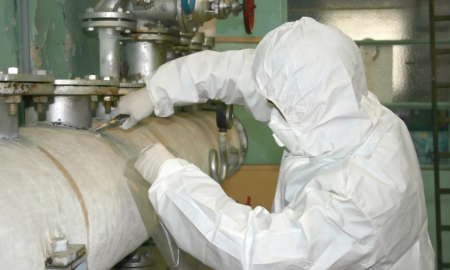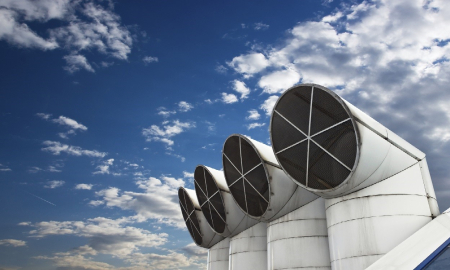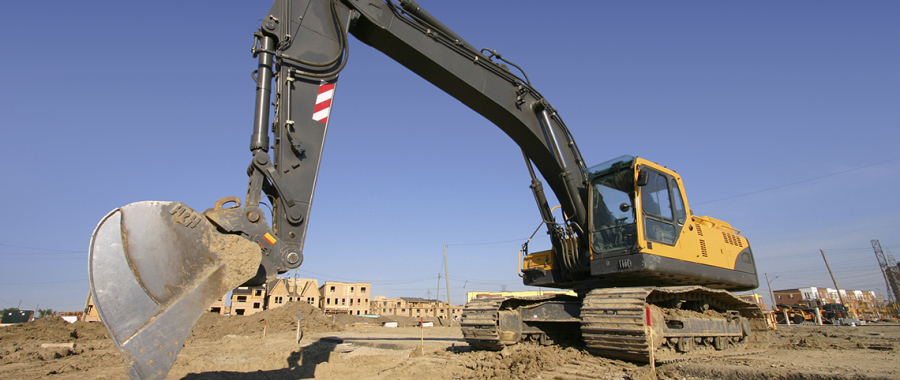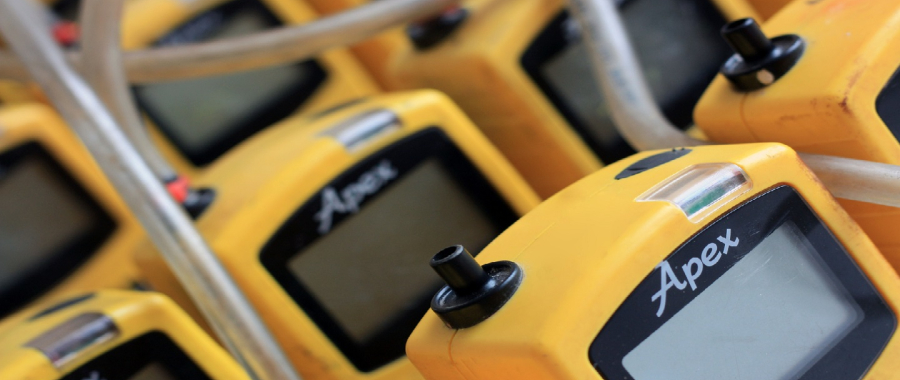Managing Dust Hazards On Site
HSE inspectors across the UK will be targeting construction firms and how they deal with dust hazards on site starting on Monday 5 October 2020.
Inspections will focus on respiratory risks and occupational lung disease, looking at the measures that businesses have in place to protect their workers’ lungs from the likes of silica, wood dust and other harmful dusts such as asbestos.
While the visits will focus predominantly on the management of dust, the inspectors will also look at all aspects of health and safety management, ensuring that businesses are doing all that they can to protect their workers from the risk of Coronavirus by making workplaces COVID-secure. These visits will be unannounced, with inspectors able to attend your site at any reasonable time. If the site is found to not meet the required assessment criteria, the results can be enforcement notices or even prosecution.
The key health and safety hazards with dust on site include:
- Eye contact
- Skin contact
- Swallowing
- Breathing dust into the lungs.
Types of dust and associated health risks
Dust is formed of tiny, dry particles in the air and can be produced through many working activities that involve cutting, drilling, demolishing, sanding and shovelling materials, to name a few. Dust is not always an obvious health hazard as the particles that cause the most damage are often invisible to the naked eye, with the health effects associated with exposure taking many years to develop.
Types of dust include:
- Silica dust – created when working on silica-containing materials such as concrete, mortar and sandstone (also known as respirable crystalline silica or RCS)
- Wood dust – created when working on softwood, hardwood and wood-based products such as MDF and plywood
- Other ‘general’ dust – created when working on other materials containing very little or no silica. The most common include gypsum (in plasterboard), limestone, marble and dolomite.
Anyone who breathes in these dusts should be aware of that the damage that they can do to the lungs and airways. The main dust-related diseases affecting construction workers are:
- Lung cancer
- Silicosis
- Chronic obstructive pulmonary disease (COPD)
Management controls
Employers should have risk assessments and adequate management controls in place to adequately manage the risks from dusts. These should focus on the following principles:
- AVOID – can the materials be delivered to site already cut to the correct size?
- REDUCE – use wet cutting methods and ensure that ventilation and extraction are fit for purpose
- CONTROL – manage the remaining risks using PPE and RPE, as well as established safe systems of work.
It is essential that all operatives, supervisors and managers are aware of the dangers posed by all dusts and are provided with the appropriate level of training, as the HSE will want to examine the control measures employers currently have in place.
How can SOCOTEC help?
SOCOTEC’s Health and Safety Consultancy and Occupational Hygiene teams can support your business with the management of dust hazards across a broad range of working environments. From dust monitoring equipment hire and nuisance dust assessments to COSHH Awareness training, get in touch with our expert teams to see how they can help.






Add new comment